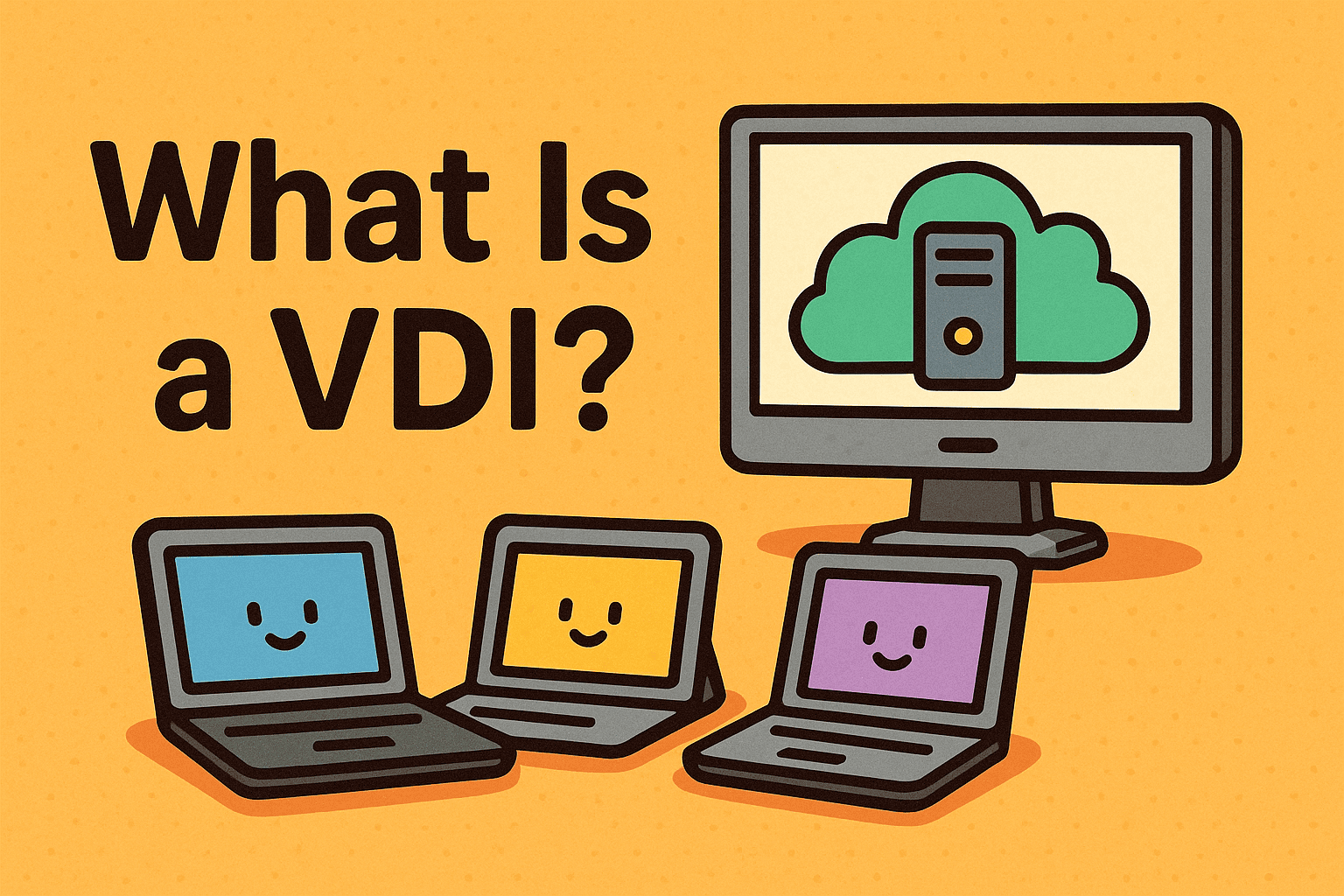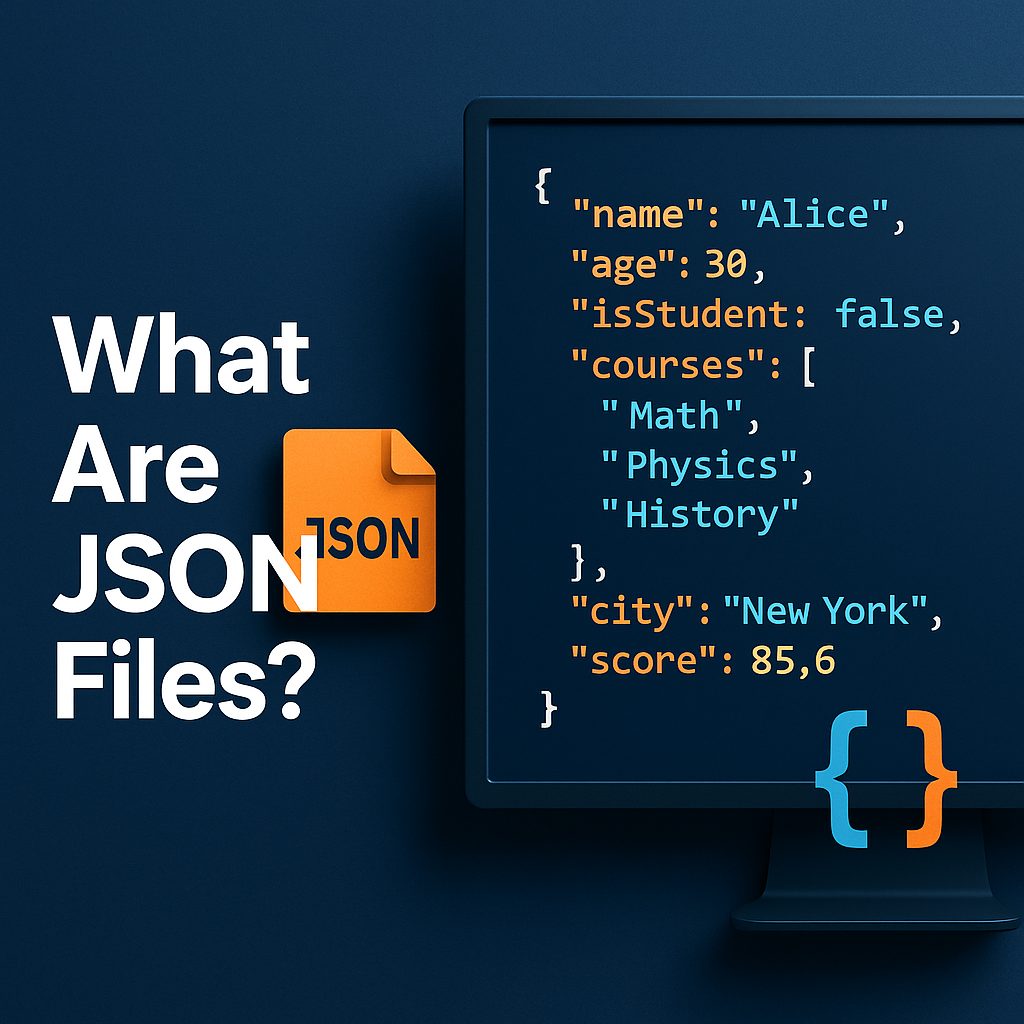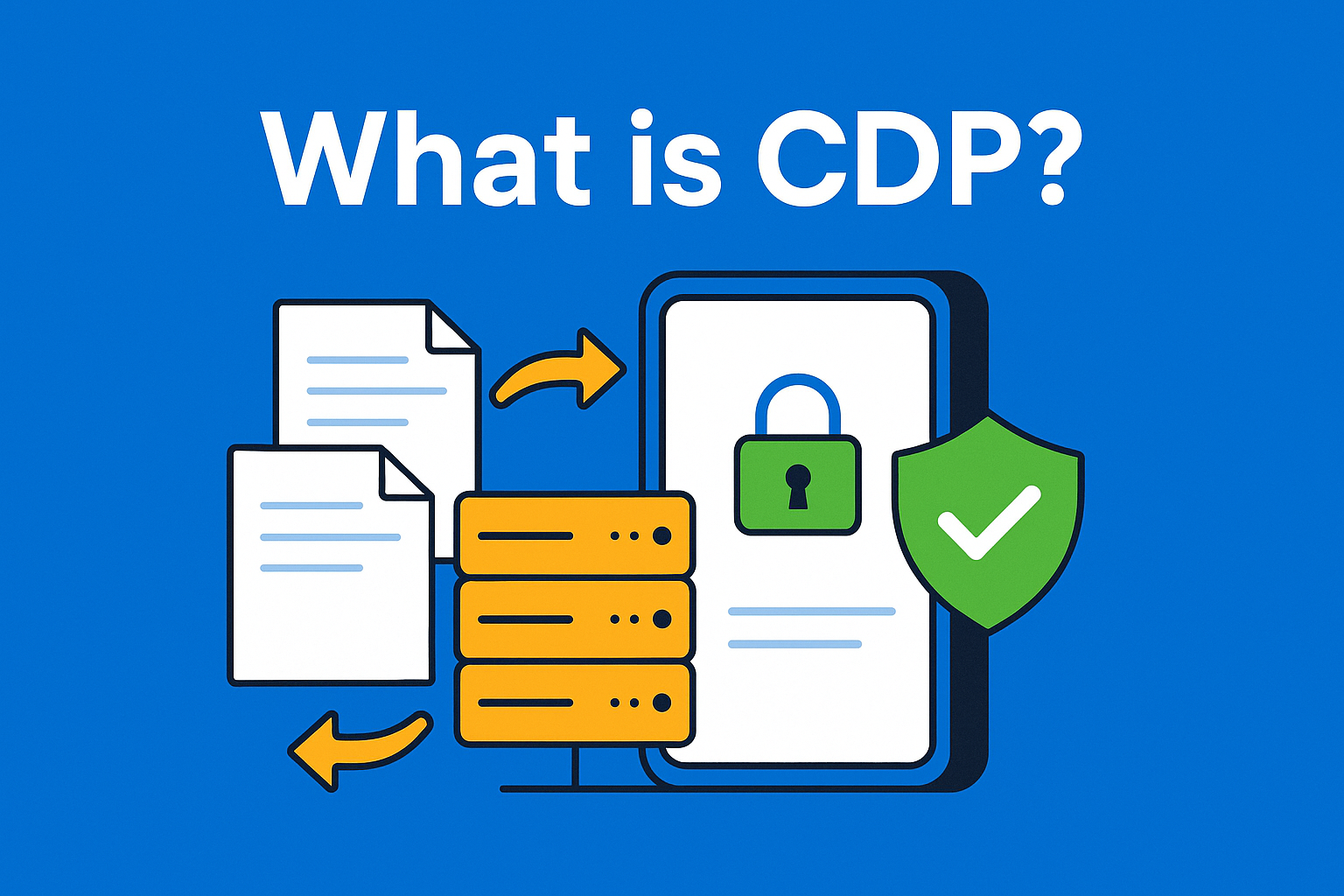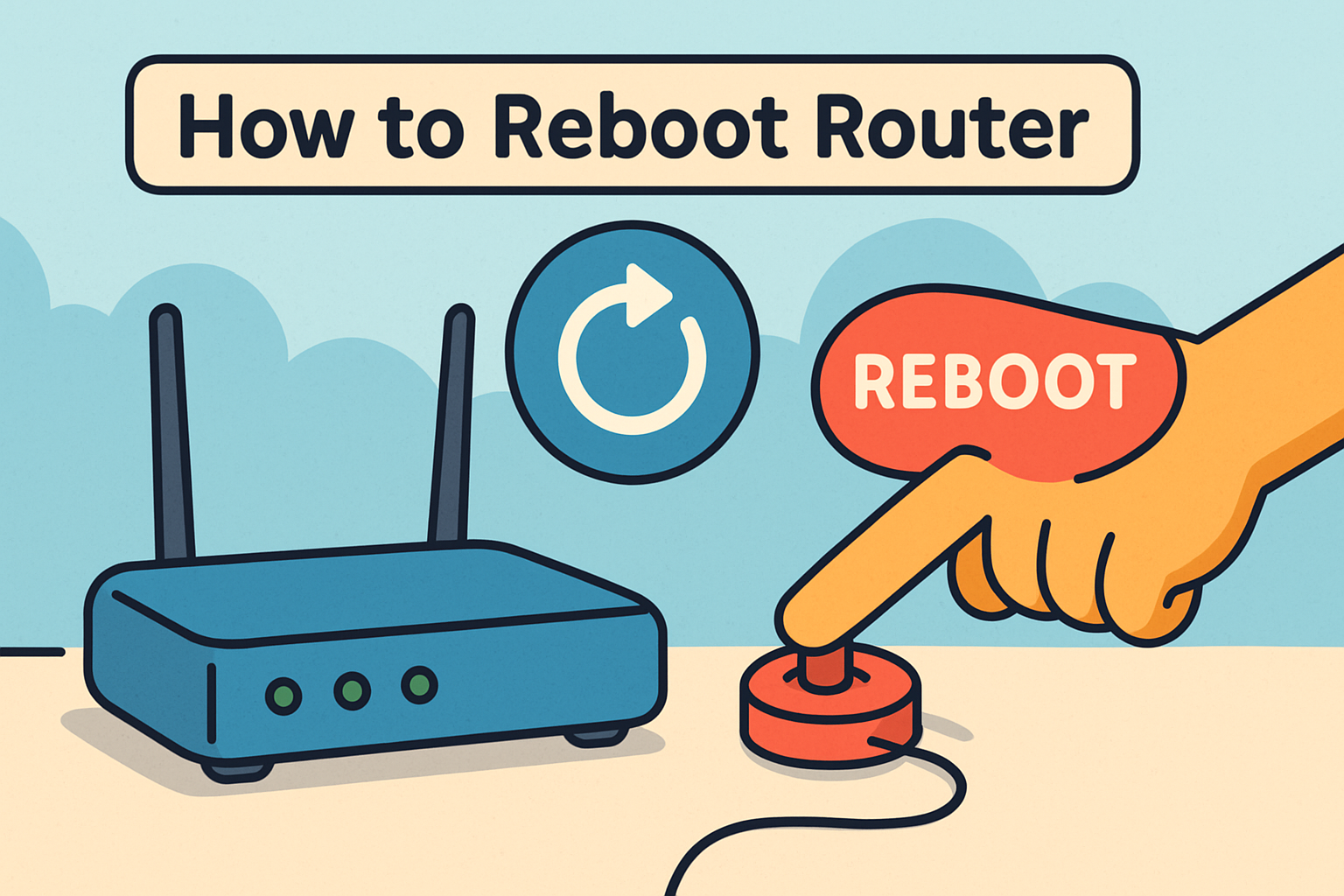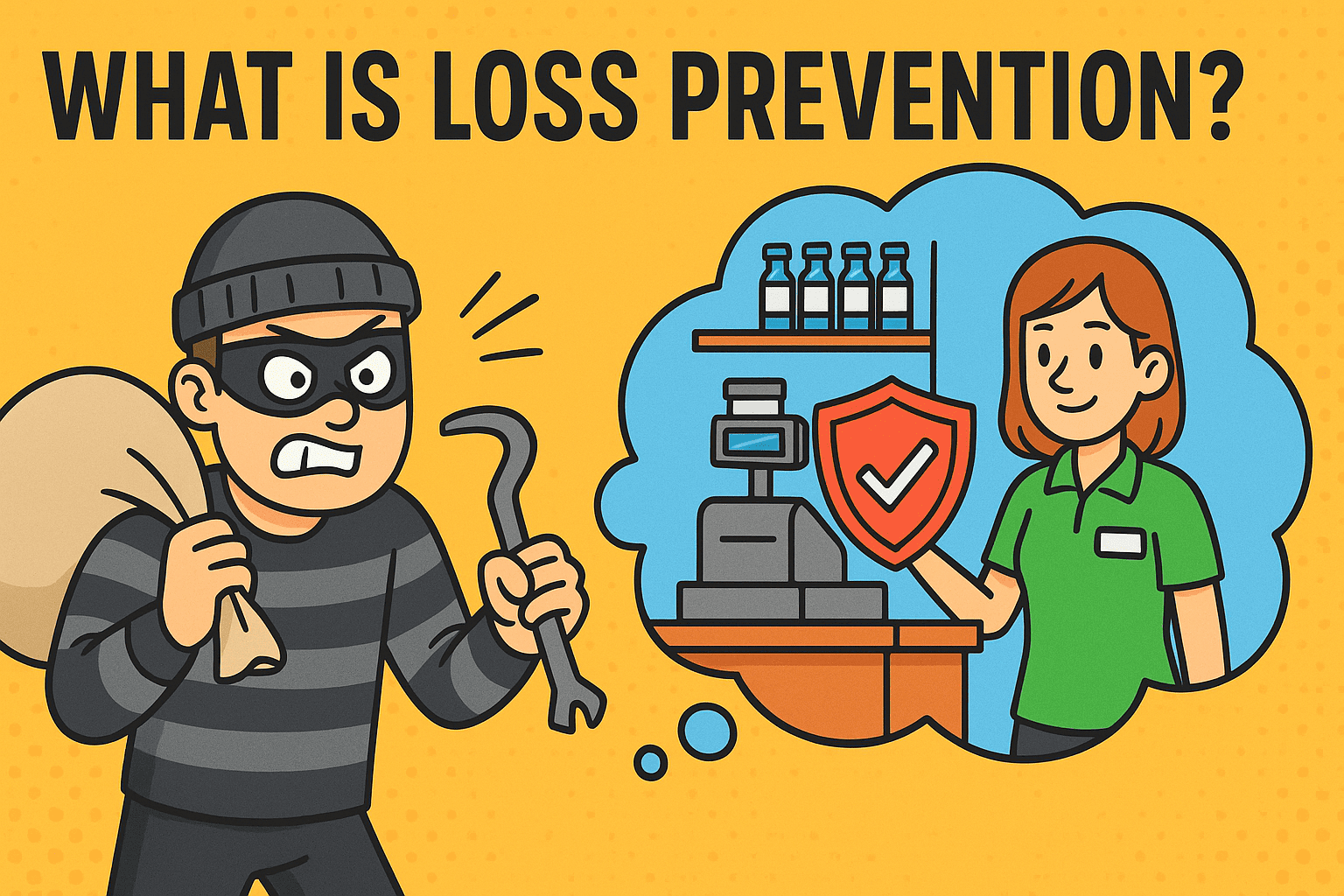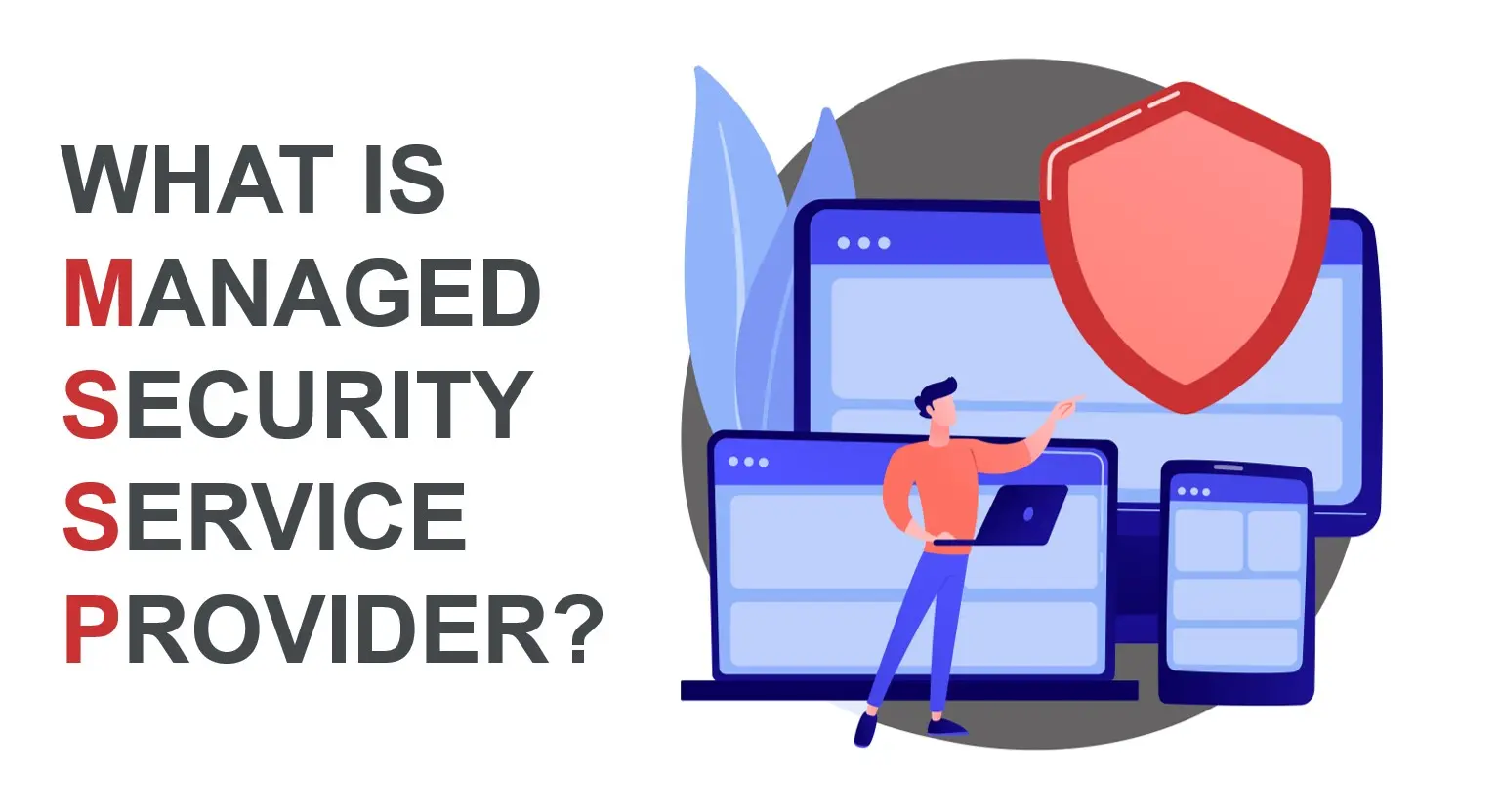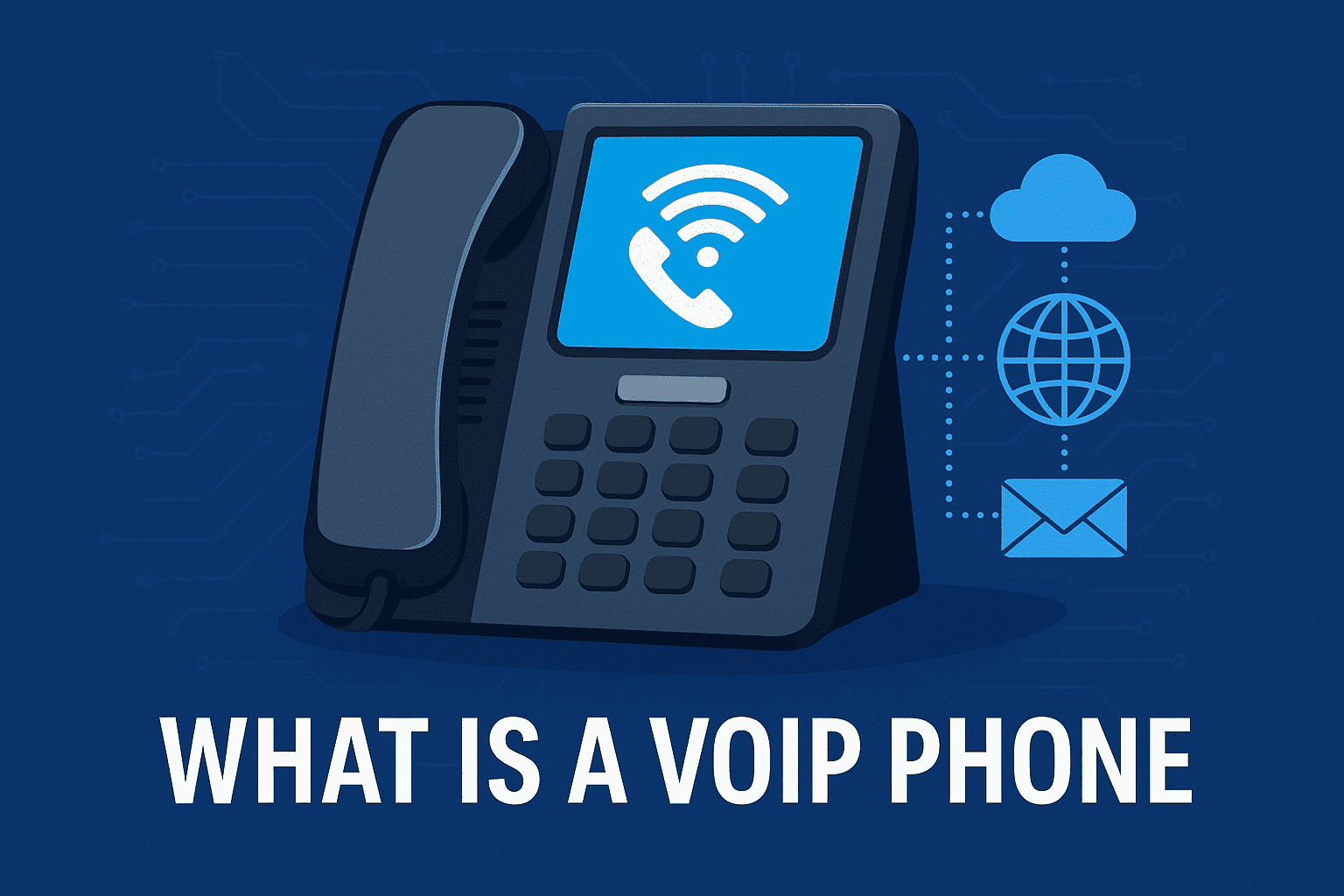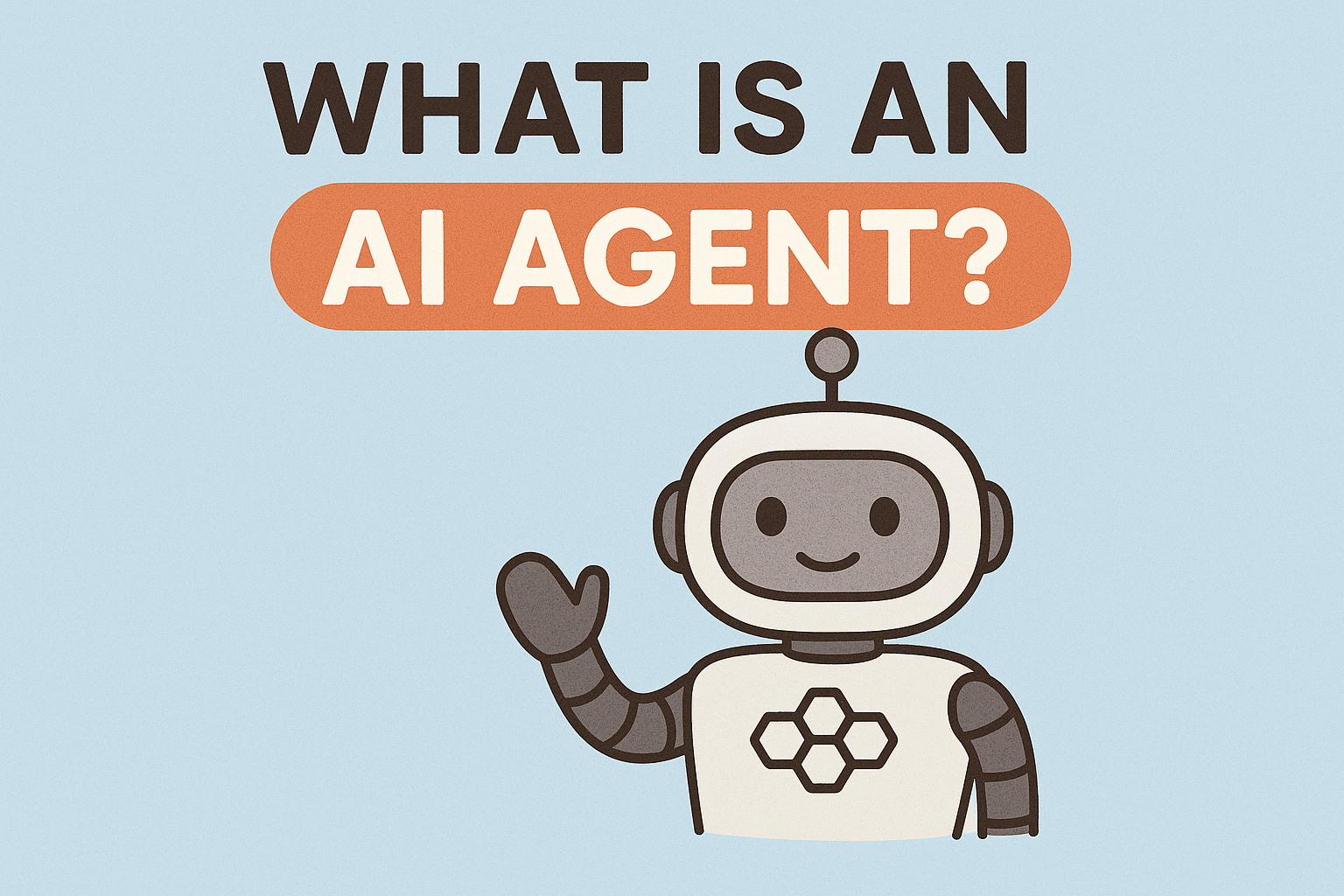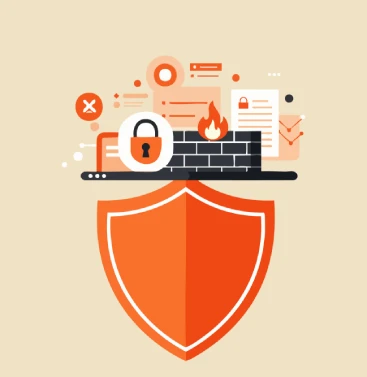What Is in an ERP System? A Complete Guide for IT Leaders
Updated on October 24, 2025, by Xcitium
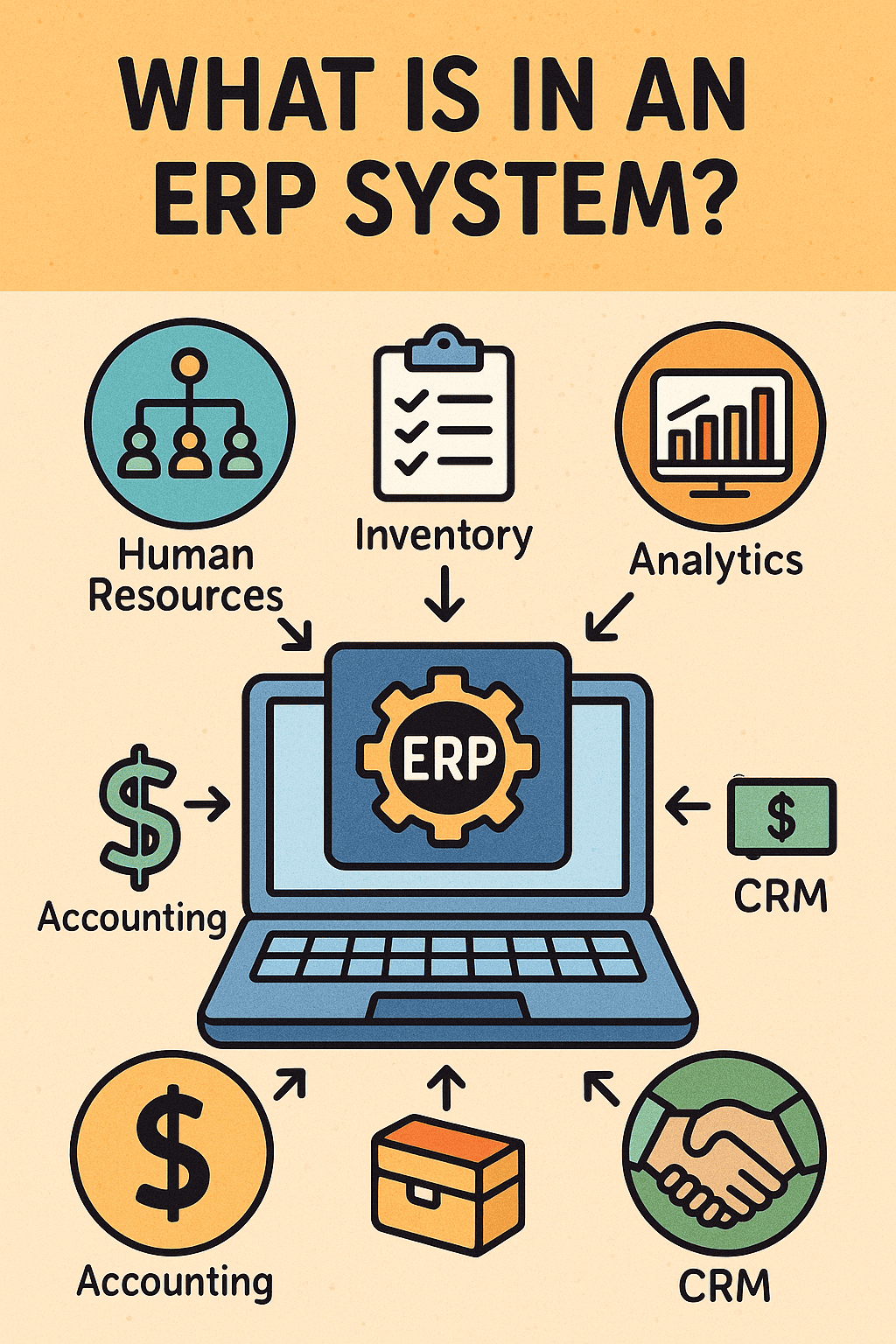
Have you ever asked yourself what is in an ERP system and why businesses unanimously adopt them? For IT managers, cybersecurity teams, and CEOs/founders overseeing enterprise operations, it’s crucial to understand the full scope of an ERP. These systems aren’t just shiny dashboards—they’re mission-critical platforms integrating processes, data, and workflows across the organization.
An ERP (Enterprise Resource Planning) system typically brings together core functions such as finance, human resources, manufacturing, supply chain, sales, procurement, and analytics—all within a unified architecture.
In this blog, we’ll unpack the major modules of an ERP, show how they interconnect, highlight what modern features you should look for, and provide actionable tips to secure and optimize your ERP investment for business growth and digital resilience.
Why Understanding “What Is in an ERP System” Matters
Before diving into modules, let’s first clarify why knowing exactly what is in an ERP system is significant:
-
Holistic visibility: Knowing all the modules ensures you avoid blind spots—e.g., overlooked HR data or disconnected procurement systems.
-
Risk mitigation: An ERP often houses sensitive data (finance, HR, customer). Security teams must know every module to enforce access controls and audit trails.
-
Operational efficiency: Understanding each component helps streamline workflows, reduce data silos, and increase cross-department collaboration.
-
Vendor/implementation alignment: When selecting an ERP solution, CEOs and IT managers can better evaluate what’s offered vs. what’s needed, avoiding under- or over-building.
-
Future-proofing: Modern ERPs support analytics, cloud scale, and emerging trends (AI, IoT). Knowing current modules lets you plan expansion paths.
Core Modules: What You’ll Typically Find in an ERP System
Here are the standard components you’ll encounter when asking what is in an ERP system:
1. Financial Management & Accounting
This module serves as the backbone for managing all financial transactions. It includes:
-
General ledger, accounts payable/receivable, cash flow management
-
Fixed asset tracking, depreciation, budget planning
-
Multi-currency and multi-entity consolidations
According to NetSuite, financial modules are fundamental building blocks of ERP systems.
2. Human Capital Management (HCM)
Also known as HR or workforce management, this module covers:
-
Payroll, benefits, employee records
-
Recruitment, performance management, training
-
Workforce planning and scheduling
HCM modules help ensure compliance, streamline HR operations, and integrate with other functions like finance.
3. Supply Chain & Procurement
For manufacturing/distribution-focused firms, this is vital. Modules include:
-
Supplier management, purchase orders, sourcing
-
Inventory control, warehouse management, logistics
-
Materials requirement planning (MRP) and demand forecasting
This module enables organizations to reduce costs, minimise stock-outs and react quickly to market changes.
4. Manufacturing & Operations
In production-driven businesses, you’ll see modules such as:
-
Bill of materials (BOM), work orders, production scheduling
-
Quality control, maintenance, plant operations
-
Product lifecycle management (PLM) in more advanced ERPs
By integrating manufacturing with finance and HR, the ERP ensures smoother workflows and better resource utilisation.
5. Sales & Customer Relationship Management (CRM)
These modules deal with customer-facing activities:
-
Lead and opportunity management
-
Order processing, billing, fulfilment
-
Service and support modules, customer portals
When integrated into the ERP, sales and CRM provide better forecasting and customer data.
6. Analytics, Reporting & Business Intelligence
Modern ERPs include real-time dashboards, KPIs, and predictive analytics. These help:
-
Decision-making across functions
-
Highlighting process bottlenecks or financial risks
-
Strategic planning with unified data sets
ERP systems are evolving beyond just transaction processing to deliver deeper insights.
7. Compliance, Governance & Security Modules
Although sometimes overlooked, an ERP must address:
-
Audit trails, role-based access control (RBAC), data encryption
-
Data privacy and regulatory compliance (GDPR, HIPAA)
-
Workflow approvals, version controls, change management
As ERP centralises business-critical data, cybersecurity teams must ensure these modules are robust and properly configured.
How These Modules Connect: The Unified Database Principle
The hallmark of an ERP system is a single source of truth. Instead of each department maintaining separate spreadsheets and systems, all modules draw and push data to a shared database.
For example, when sales generates an order:
-
The order triggers inventory update in supply chain module.
-
Manufacturing schedules production if required.
-
Finance records revenue and updates cash flow.
-
HR may get involved if additional staff or shifts are needed.
This interconnected flow reduces duplication, improves data accuracy and speeds up business cycles.
What Modern ERP Systems Include Beyond Core Modules
When exploring what is in an ERP system in 2025, expect the following advanced features:
Cloud & SaaS Deployment
Many ERPs now run in the cloud, offering scalability, lower infrastructure cost and remote access.
Mobile Access & UX
Mobile apps and responsive design allow managers to approve workflows and review dashboards from anywhere.
AI, Machine Learning & Automation
Features like predictive analytics, anomaly detection, and intelligent automation are becoming embedded into ERP modules.
Micro-services & Modular Architecture
You can add modules as needed (e.g., IoT-connected asset management, advanced PLM) rather than a full-blown system upfront.
API & Third-Party Integration
ERPs expose APIs so you can integrate with best-of-breed tools (cybersecurity platforms, marketing automation, IoT sensors) rather than being locked into one vendor.
Enhanced Security & Compliance
Given increasing regulatory complexity, ERPs now include stronger encryption, data-masking, and SOC/ISO certifications to support enterprise risk management.
Benefits of Knowing What Is in an ERP System
Understanding the contents of your ERP enables you to:
-
Improve operational efficiency: Streamline workflows, reduce redundancies.
-
Enhance data-driven decision-making: Unified data across finance, operations, HR.
-
Strengthen cybersecurity posture: Centralised access, log-monitoring, audit capabilities.
-
Support growth & agility: Add modules as business needs evolve.
-
Ensure compliance and governance: Control data, workflows, roles across modules.
Best Practices for Selecting & Implementing ERP Modules
Here are actionable tips you can apply right away:
-
Map your business processes: Identify what departments do, what data they use and how.
-
Prioritise modules: Start with high-impact modules (finance, supply chain) before rolling out others.
-
Ensure cybersecurity integration: Treat ERP as part of your enterprise architecture and secure it accordingly.
-
Configure, don’t over-customise: Many failures occur when organisations heavily customise ERP rather than adapt business processes to best practice modules.
-
Use change-management and training: Since ERP touches many departments, ensure users know what’s new and why.
-
Leverage analytics from day one: Don’t wait; enable dashboards early and refine as you add modules.
-
Plan for scalability: Build modular, cloud-enabled deployment so you can scale up without complete overhaul.
Challenges to Watch When Exploring “What Is in an ERP System”
-
Data migration complexity: Bringing legacy systems into ERP modules can be messy and high-risk.
-
Cost and timeline: Even modular ERP implementations often take many months and significant budget.
-
Resistance to change: Employees may cling to spreadsheets or departmental systems.
-
Security risks: A unified database means greater risk if access is unmanaged or modules are mis-configured.
-
Vendor lock-in & upgrade issues: Custom-built modules may complicate upgrades or limit flexibility.
Conclusion
When you ask “what is in an ERP system,” you’re really exploring the blueprint of your business software architecture. An ERP system unifies critical modules—finance, HR, supply chain, manufacturing, sales, analytics, and security—into one scalable platform. Understanding each component ensures operational efficiency, stronger cybersecurity, informed decision-making, and adaptability for future growth.
If you’re preparing for an ERP initiative or evaluating current systems, use this guide to align business goals, IT strategy, and cybersecurity safeguards.
👉 Ready to elevate your enterprise software stack and protect every module? Request a demo and discover how integrated solutions can drive visibility, control and resilience.
FAQs
Q1: Can a small business benefit from an ERP system?
A: Yes. Many modern ERPs offer modular, cloud-based deployments tailored for SMEs. As long as you map what modules you need (e.g., finance, CRM) and phase roll-out, ERP adds value.
Q2: How does an ERP system differ from stand-alone software?
A: Stand-alone tools handle one business function (e.g., HR or accounting). An ERP system brings multiple functions under one unified database, improving visibility, data accuracy and process flow.
Q3: What should cybersecurity teams focus on when ERP modules are added?
A: They should review access controls, audit logging, data encryption, vendor/SaaS security practices, and ensure modules are integrated into the enterprise security monitoring framework.
Q4: Are ERP modules always implemented at the same time?
A: Not necessarily. It’s common to go live with key modules first (finance, procurement) then add others (manufacturing, analytics) in phases to reduce disruption.
Q5: How can I measure ERP success across modules?
A: Establish KPIs such as: reduction in process cycle time, data reconciliation cost savings, number of manual tasks automated, and security incidents tied to module access. Regular reporting helps.





